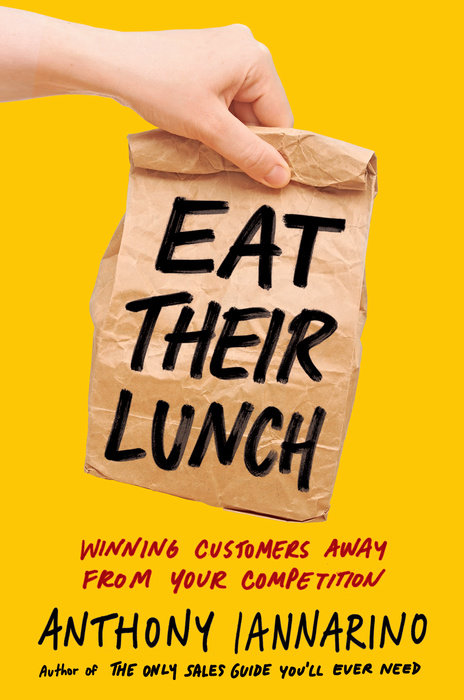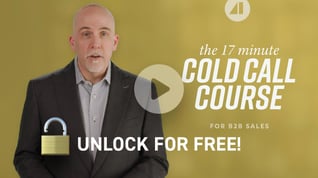When I first became a sales leader, I sat down to figure out how to accelerate our revenue growth. My first instinct was to try to create and win more deals: doubling the number of deals would double our revenue, all things being equal, and I had no intention of stopping at 200% revenue! So, I sat down with a stack of reports to see what I might learn to grow the business.
The average client spent $175,000 annually. Some spent more in some years and less in others, but the number was relatively stable over time. I soon found, however, that our lowest-billing client averaged so little that there was no reason to call them a client. A reasonably-priced hotel would charge more for a two-night stay. At the other extreme, our number one company spent just over $1,000,000 in a typical year, making it the most exciting and vital client in our portfolio—and we definitely wanted a killer portfolio.
With those figures, there was no way I could meet my goals by simply doubling the number of clients we won in a year. Instead of winning more deals, I decided we would pursue much larger contracts, something that would produce greater revenue even if we won fewer opportunities in a year. To execute this strategy, we would have to forego spending time with small potential clients, many of which took as much time and energy as the larger clients that could actually help us reach our revenue goals. Instead, we had to target clients that spent many times our average per-client revenue.
Since we had a million-dollar client, I set the target at a million dollars, calling these clients “anchor accounts” because they could sustain an operation. In our first year pursuing companies that needed to spend more, our average billing climbed from $175,000 to $475,000. The next year, it reached $775,000.
The Leader’s First Mistake
One of the first mistakes a sales leader might make is not setting the parameters for which clients they want and why they are essential. If you don’t build territory, establish account plans, and target the clients you want in your portfolio, your salespeople are on their own to decide whom they pursue. This laissez-faire approach can waste time on insignificant deals that distract an entire sales force from pursuing meaningful clients. As a result, many clients end up in the pipeline only because they were willing to engage with the salesperson.
When your job is to create opportunities, you need prospects. But not all opportunities are equal, and many are not worth your time or effort. Once you determine what kind of clients will help you meet your goals, you must ensure your team focuses their time and effort on acquiring them.
Cold Should Be Hot
This approach can be challenging, as I document in Eat Their Lunch. To start with, large clients already have a partner, likely one of many years’ standing. Their partners, your competitors, have built deep relationships with the contacts, and even though they may have some weaknesses, they are difficult to displace. These targets are the very opposite of a warm lead: they are as cold as ice at the start unless you get very lucky with timing. Larger clients also tend to be more complex, so they require salespeople who have the chops (sales effectiveness) to create a higher level of value than their competition.Win customers away from your competition. Check out Eat Their Lunch
It takes time to develop relationships and become known as someone with real insights and a provocative perspective. It also takes time for your dream client to suffer some setback that prompts them to consider buying from you. The fact that it takes time to develop these prospective clients should not dissuade you from pursuing them; instead, it should motivate you to start now. The sooner you begin to use a prospecting and nurture sequence to develop the relationship, the faster you’ll have an opportunity. The sooner you start Year 0—the year you become known to your contacts as someone who can help them produce better results—the sooner you will have an opportunity.
In my experience, for any set of prospective clients, some are compelled to change, others are immune to any attempt to talk about changing partners, and some might be persuaded. Sometimes it takes years pursuing a large client before you create an opportunity and win their business, and sometimes you happen upon them at the right time, winning their business in short order.
You Can’t Quadruple Your Activity
As you pursue your targeted clients, you will naturally find singles, doubles, and triples. Acquiring and serving a small client might cost more than you can make from their business. If that is true, you might avoid calling on them at all. Doubles and triples often grow up to be large clients, so you can pick them up along the way.
Much of the time, companies assume that their sales force can always do more—creating and winning more deals—even when they didn’t hit their prior year’s goals. Increasing your average deal size is one meaningful way to increase your revenue, and it prevents you from needing to triple or quadruple the number of deals you need to reach your goals.

Get the Free eBook!
How to Lead: The Leadership eBook
As leaders, we're faced with decisions everyday—not all of which are easy to make. Learn how to make those tough decisions, hold yourself and your team accountable, and build a legacy with this free eBook.
Download Now







.jpg?width=768&height=994&name=salescall-planner-ebook-v3-1-cover%20(1).jpg)


